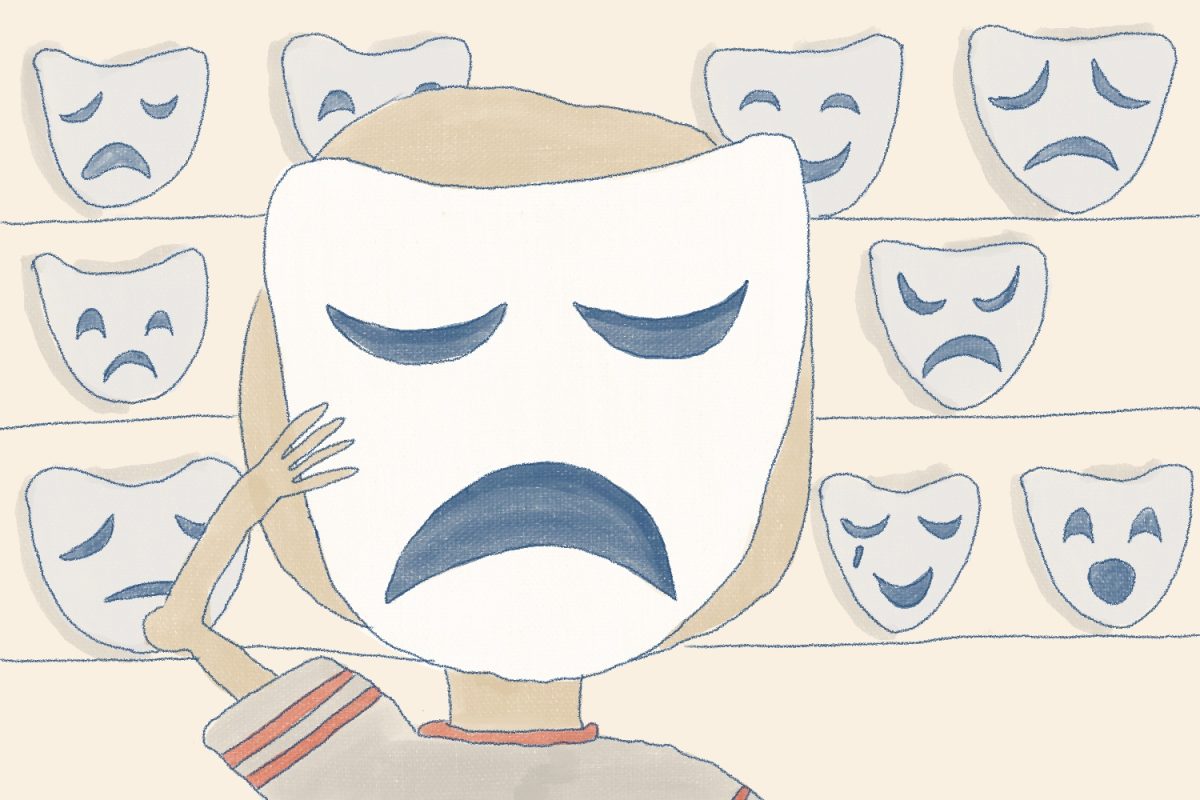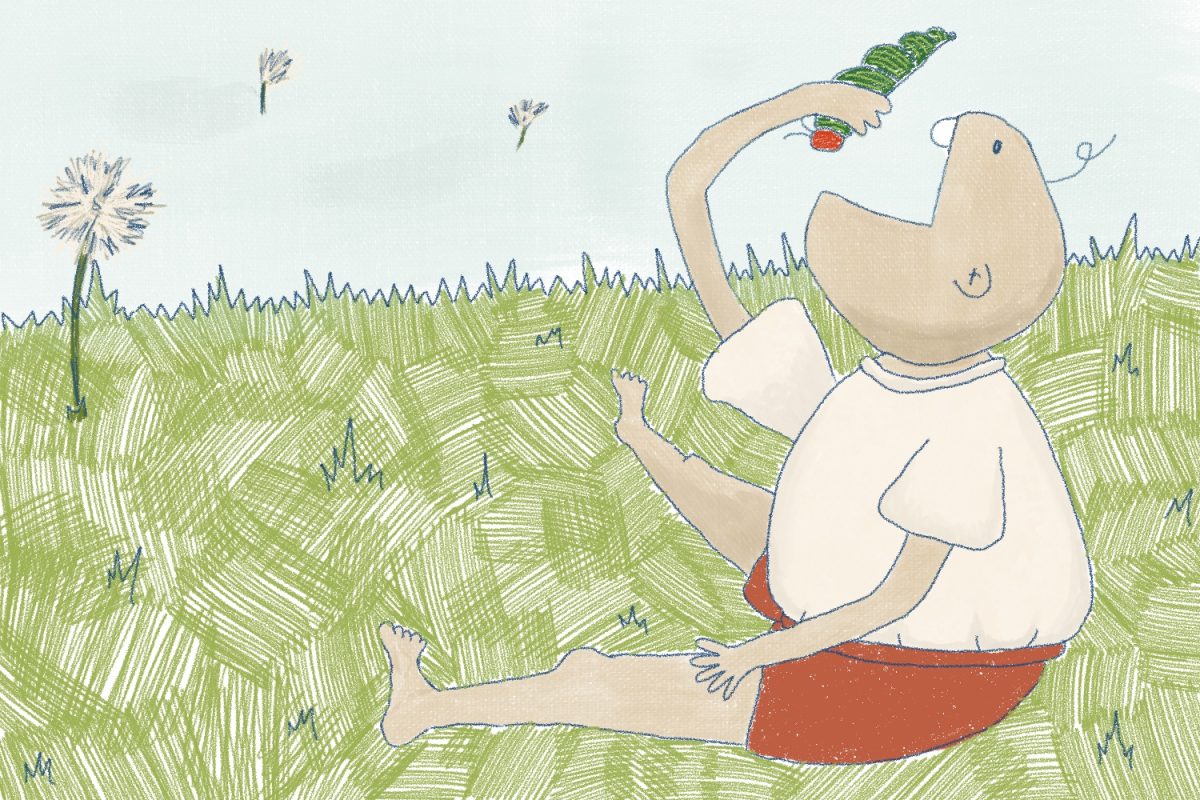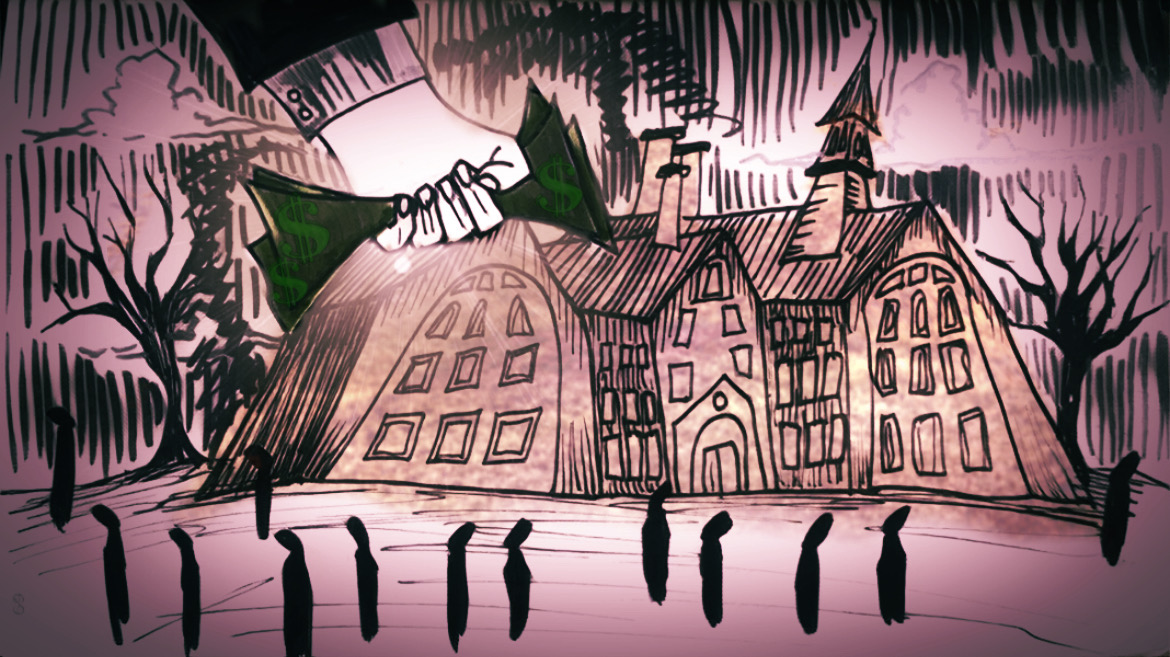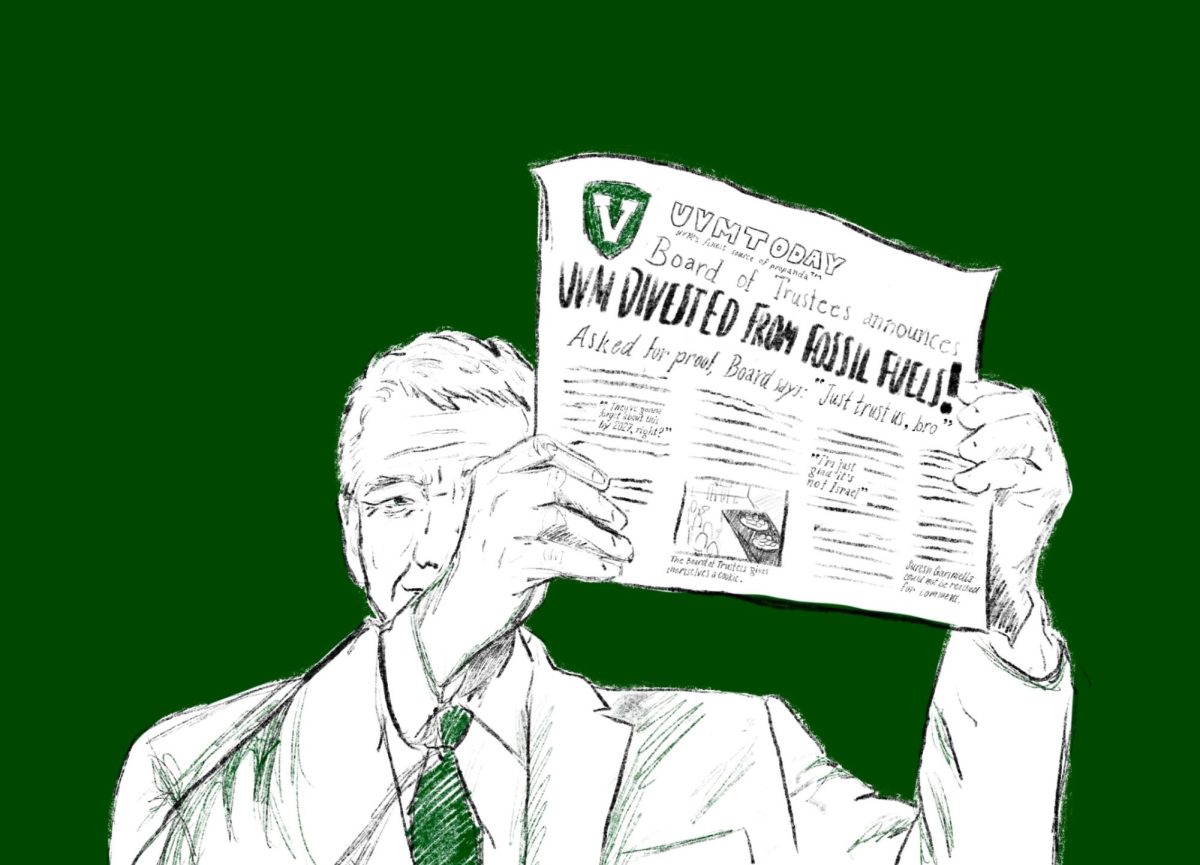Ê
Every time I step outside, I prepare myself to take a deep breath of fresh Vermont air. My enjoyment is soon cut short when, reliably, a group of smokers will be standing nearby.
Secondhand smoke infringes on the right of students to avoid exposure to harmful substances. Despite the attempt to reduce smoke exposure by creating smoke free areas of 25 feet around buildings, secondhand smoke remains a significant problem on campus.
The current UVM policy on outdoor smoking states that smoking is permitted Òin areas more than 25 feet away from building entrances…Ó Even if this were properly enforced, it would still mean that smokers are allowed to smoke anywhere on campus-walkways, benches, bus stops, etc.
Just look at the Bailey-Howe Library, where enforcement lacks. At any point during daylight hours there are about 15 people right outside the doors smoking cigarettes. I counted seven signs that clearly indicate ÒNO SMOKING,Ó all of which seem to have fallen by the wayside.
My point of mentioning this is not to have the rule enforced. Doing so would simply mean forcing the wall of smokers 25 feet further, a surprisingly short and inadequate distance. A theoretical solution to this problem is to increase the distance requirement away from buildings. But the way I see it, is that there is simply no place on campus far enough away from people that secondhand smoke wonÕt be detrimental.
At other colleges with campus wide smoking bans already in place, the results are quite positive. The most obvious benefit is clean air. Non-smokers wonÕt have to breath in harmful secondhand smoke while traveling on campus. This is perhaps the most important and intended outcome of a smoking ban. This result will remain given that the ban is enacted.
Another significant byproduct of smoking bans is a reduction in the rate of smoking. While the primary intent of the ban is not to control studentsÕ lives, a ban would inadvertently dissuade people from smoking, even off-campus.
Looking at the case of Indiana University, the rate of smoking among students dropped 22.4 percent just two years after implementing a campus wide smoking ban. This means that 3.7 percent of Indiana UniversityÕs entire student population stopped smoking. If these same percentatges were reproduced at UVM, it would mean that 485 out of 13,100 students here would give up smoking. Those are 485 lives made longer and healthier.
The University of Kentucky likewise found that hundreds of students began enrolling in tobacco cessation programs subsequent to a campus wide smoking ban.
The decline of smoking in such cases has been attributed to a change in smoking culture, specifically the spread of the belief that smoking is unacceptable.
In fact, at both of these universities the bans were very loosely enforced, suggesting that students stopped of their own accord. The creation of a ban seems to have a substantial influence on peopleÕs attitudes about smoking, greater than tobacco education programs alone.
Even with the ban in place, those still adamant about smoking are in no way trapped or punished. They still have every legal right to smoke on city streets and sidewalks, adjacent to or away from the UVM campus. This being said, the majority of schools with bans have been quite lenient with enforcement. If UVM were to follow suit with this trend, it might mean that smokers could smoke anywhere during off peak hours without trouble.
Looking at the big picture, a smoking ban seems like a win-win situation Ñ people are spared from secondhand smoke, and healthier attitudes regarding tobacco are spread around campus. ItÕs an arrangement with marginal cost, and maximum benefit.











![Can’t buy me [self] love](https://vtcynic.com/wp-content/uploads/2024/04/self-care-FINAL-1200x796.jpg)
